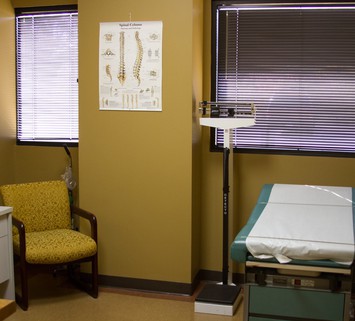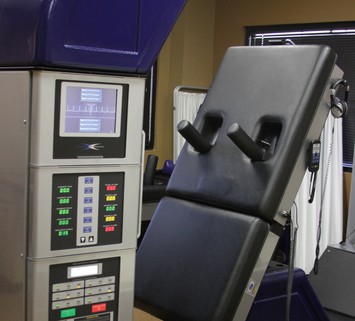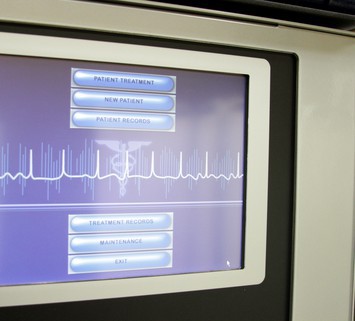Living with back pain due to a herniated or bulging disc can be an agonizing experience that impacts our daily lives and overall well-being. When conservative treatments fail to provide relief, surgical intervention becomes a consideration. However, the array of medical terminology can be perplexing, leaving many patients wondering about the differences between commonly recommended procedures like microdiscectomy vs discectomy.
In this blog, we aim to clarify the distinctions between these two surgical approaches, shedding light on the unique benefits and considerations of each, ultimately helping individuals make informed decisions regarding their spine health.
Understanding Microdiscectomies and Discectomies
Discectomy
An endoscopic discectomy is a traditional surgical procedure used to treat herniated discs. During a discectomy surgery, the surgeon makes a relatively large incision in the back to access the affected disc. The surgeon then removes the herniated disc, alleviating pressure on the nearby nerves and providing pain relief.
Microdiscectomy
A microdiscectomy, on the other hand, is a minimally invasive surgical technique that has gained popularity in recent years. In a microdiscectomy, the surgeon uses advanced surgical instruments and a high-powered microscope to visualize and access the herniated disc through a much smaller incision. This targeted approach allows for the precise removal of the herniated material, leaving the healthy disc material largely intact.
Similarities Between Microdiscectomies and Discectomies
Microdiscectomy and discectomy share several key similarities as surgical procedures aimed at treating herniated or bulging discs in the spine. Both surgeries relieve pressure on the affected nerve, reducing back and leg pain. In both procedures, the surgeon's primary objective is to remove or reduce the herniated portion of the disc to create more space for the nerve, alleviating the compression. Additionally, both microdiscectomy and discectomy are performed under general anesthesia to ensure the patient's comfort and safety during the surgery.
While the two procedures may differ in terms of the approach and extent of tissue disruption, the underlying goal of achieving pain relief and improving the patient's quality of life remains consistent in both microdiscectomy and discectomy procedures.
Differences Between Microdiscectomies and Discectomies
Incision Size and Tissue Damage
The most apparent difference between the two procedures lies in the incision size. A traditional discectomy typically requires a larger incision to provide adequate visibility and access to the affected disc. Conversely, a microdiscectomy necessitates a significantly smaller incision, resulting in less damage to surrounding muscles and tissues.
Trauma to Surrounding Structures
Because of the smaller incision and the use of specialized instruments, a microdiscectomy causes less trauma to the surrounding muscles and ligaments. This reduced disruption of anatomical structures contributes to faster healing and a lower risk of post-operative complications, such as infection and excessive bleeding.
Hospital Stay and Recovery Time
With the decreased trauma and tissue damage, patients who undergo a microdiscectomy typically experience a shorter hospital stay. In many cases, patients can return home on the same day as the surgery or the following day. Furthermore, the recovery period for microdiscectomy patients is generally shorter compared to traditional discectomy patients, allowing individuals to return to their daily activities sooner.
Post-Operative Plan
Typically, microdiscectomy patients experience less post-operative pain compared to those who undergo a discectomy. The smaller incision and reduced disturbance to the surrounding nerve roots and the spinal nerve contribute to a more comfortable recovery experience. Both procedures require physical therapy during the recovery period to help regain strength, mobility, and ease pain in surrounding muscles.
Scarring
Due to the small incision, a microdiscectomy usually results in a much smaller scar compared to a discectomy. This is a cosmetic advantage that may be important to some patients, especially if the surgery is performed in a visible area of the body.
Risk of Recurrence
While both procedures have proven effective in relieving disc-related pain, some studies suggest that the risk of disc herniation recurrence may be slightly lower in microdiscectomy patients. The preservation of healthy disc tissue during a microdiscectomy may contribute to this reduced risk.
Minimally Invasive Spine Surgery at Texas Spine Center
In conclusion, microdiscectomy and discectomy are viable surgical options for individuals suffering from herniated or bulging discs in the spine. However, the numerous advantages offered by microdiscectomy make it a superior choice for many patients. With its minimally invasive nature, smaller incision, reduced tissue damage, and faster recovery time, microdiscectomy offers patients a chance to return to their daily activities with less pain and shorter downtime. Dr. Siddiqi specializes in minimally invasive procedures, including microdiscectomies on the lumbar spine. Schedule a consultation on our website to speak with the experts and see if you are a candidate for the procedure.



